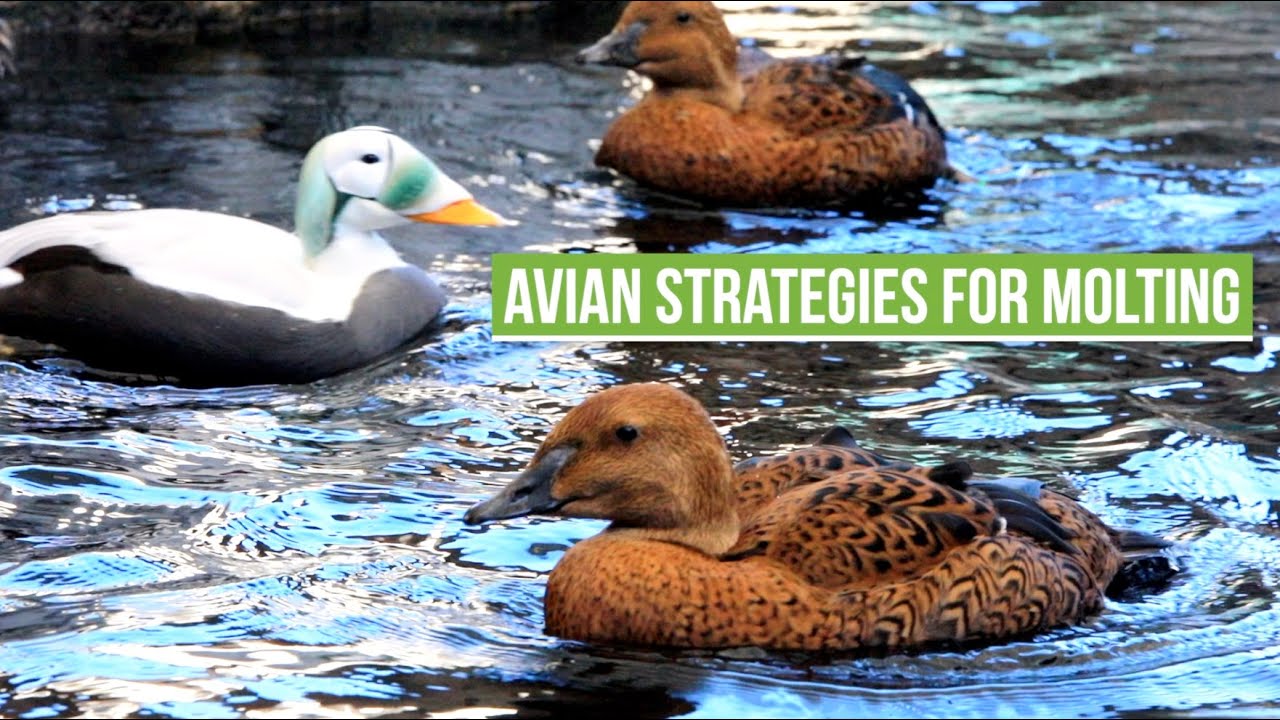*****
Summary of Transcript:
Birds molt their feathers every year, and each species has a different strategy for doing so. Unlike the hair on mammals, feathers cannot be trimmed or cut without being replaced entirely. Birds need their feathers for warmth, flight, and regulation, so they must molt them and regrow new ones. Some birds, like eagles and ravens, must stay flighted while they lose to find food. The red-legged kittiwakes are a species of bird that remains flighted throughout their molt process, which takes about three months to complete.
*****
Summary of Description:
The content introduces a video episode that discusses molting in birds and whether all birds lose the same way. The episode is presented by ASLC Avian Curator Kristen and is sponsored by the Royal Caribbean Group.
*****
Intro
Birds are fascinating creatures with a unique trait known as molting. Molting is the process of shedding and replacing feathers in birds. While it is a normal process for all birds, not all birds molt the same way. This article will explore molting, why it occurs, and how it differs between bird species.
What is Molting
Molting is a natural process where birds shed their old feathers and grow new ones. The process varies between species and can occur on different schedules. For example, some birds may molt once a year, while others may molt multiple times yearly. Molting occurs in response to seasonal changes, hormonal changes, or wear and tear on feathers.
Types of Molting
There are two types of molting: partial and complete. In partial molting, birds will replace only some of their feathers, while in complete molting, they will replace all. Some birds may undergo a combination of the two.
Partial Molting
Partial molting typically occurs in birds that do not fly, such as penguins and emus. During partial molting, birds will replace only some of their feathers, usually the ones that are more worn or damaged. This process helps maintain the feathers’ quality and keeps the bird warm and dry.
Complete Molting
Complete molting occurs in fly birds like eagles, seagulls, and hawks. During complete molting, birds replace all their feathers, which can take a few weeks to several months. During this time, birds may be less active and stay hidden in their nests or roosts.
Why Do Birds Molt?
Birds molt for several reasons, such as to maintain their feathers or to prepare for breeding. Birds shed feathers that are damaged or worn out to maintain the quality of their feathers. This helps to keep them dry and insulated from the cold. Birds also molt in response to hormonal changes, such as during breeding. During this time, they will replace their feathers with brighter, more colorful ones to attract a mate.
Conclusion
Molting is an essential process for all birds that helps them maintain their feathers and prepare for breeding. While it occurs in all birds, it differs between species in terms of how often and extensively they molt. Partial molting occurs in birds that do not fly, while complete molting occurs in those that do fly. Understanding molting is crucial for bird enthusiasts and researchers, as it can provide insight into the health and behavior of birds.
*****
Source Description
What is molting, and do all birds lose the same way?
Join ASLC Avian Curator Kristen and learn more during today’s Virtual Visit to the ASLC Aviary in Seward, Alaska!
This “Virtual Visit” episode is made possible by the generous support of our sponsors. Thank you, Royal Caribbean Group, for making this free program possible!


